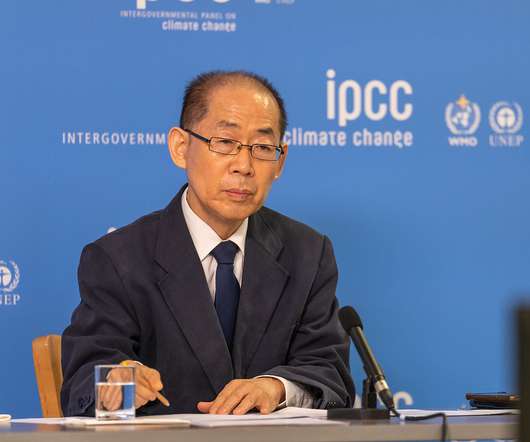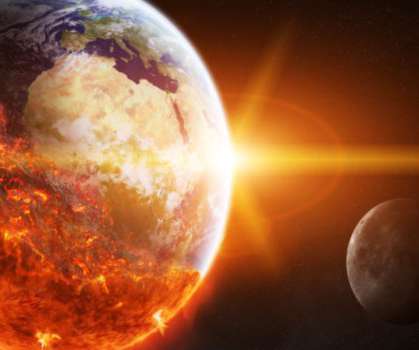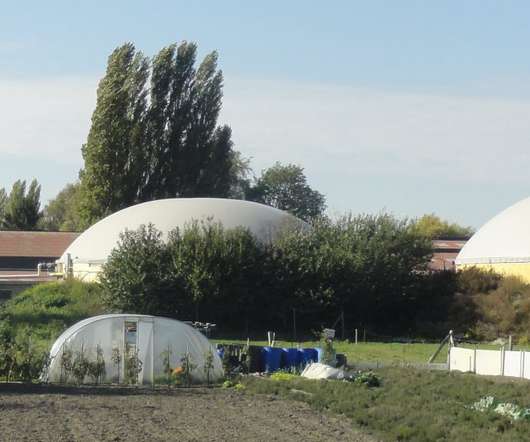Will renewable energy save us from climate change?
Global Green
NOVEMBER 24, 2020
Michael Moore’s last movie, Planet of the Humans , questions the reliability, affordability and sustainability of renewable energy. The thought-provoking film also highlights the renewables’ dependence on fossil fuels. What are the limitations of renewable technologies? the 25% of the total renewable energy share.
















Let's personalize your content